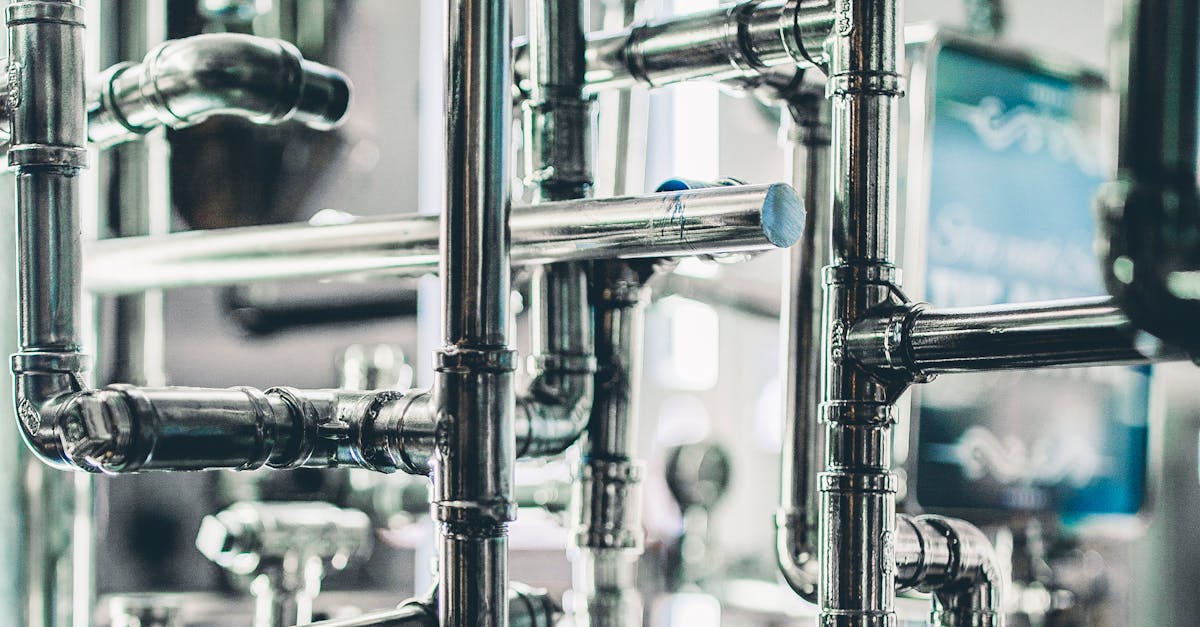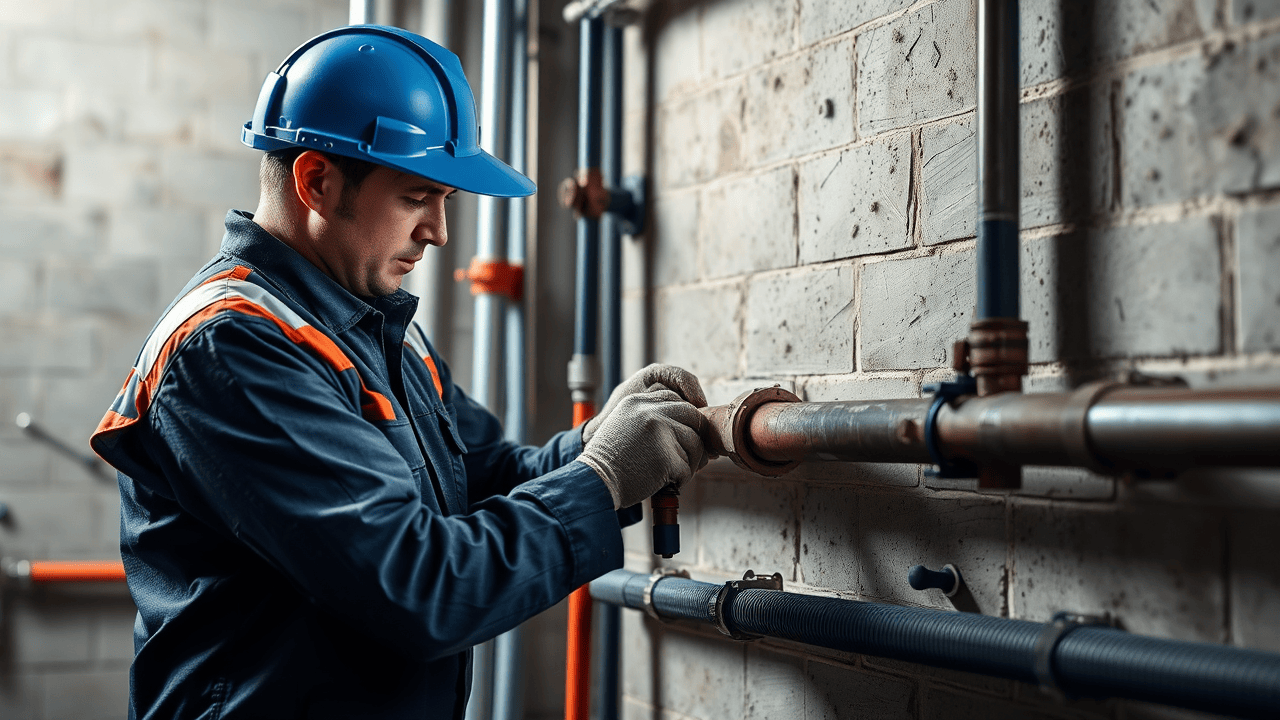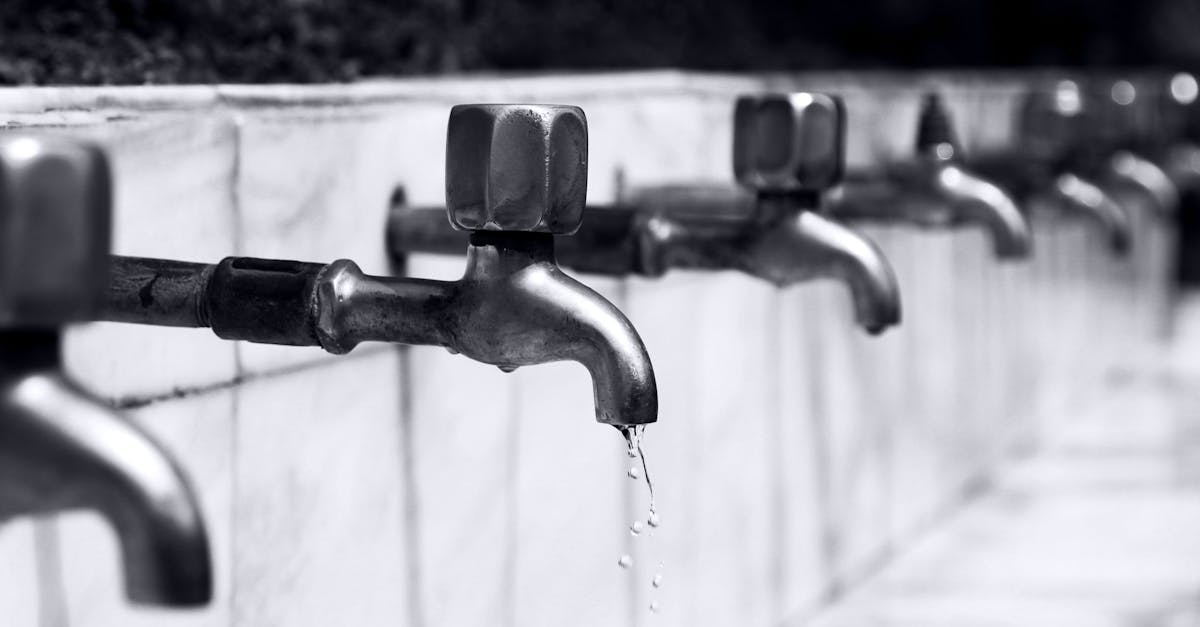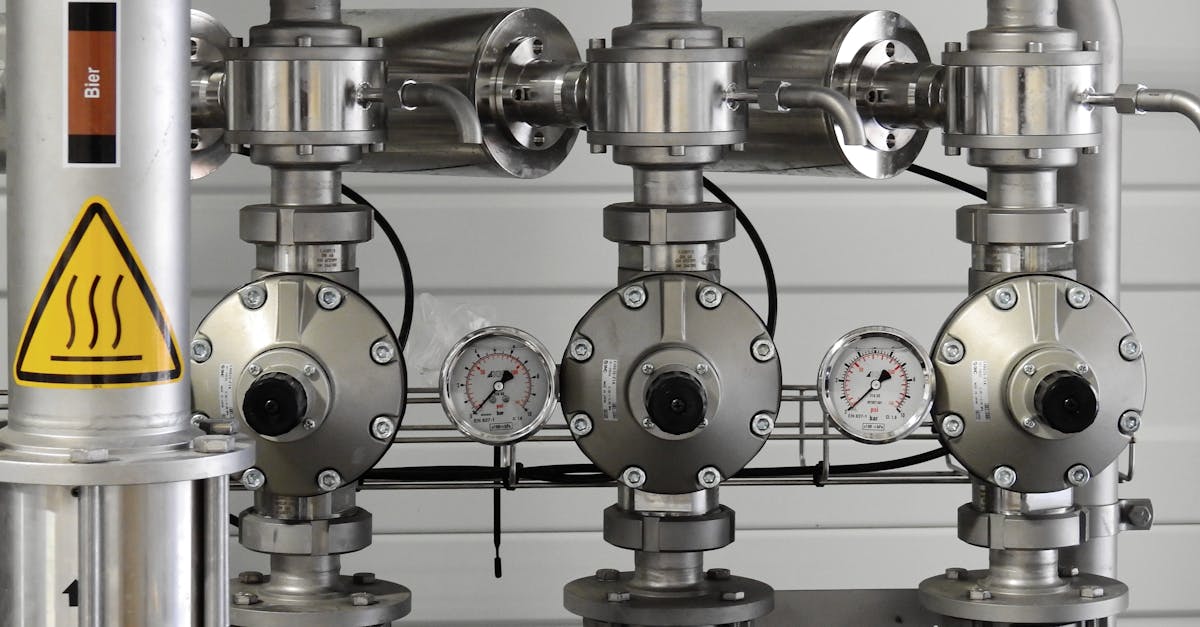
DIY Pipe Repair Tips
Performing DIY pipe repair can save homeowners both time and money. It is important to begin by gathering the necessary tools and materials before starting any repair work. Common items include a pipe wrench, Teflon tape, and the appropriate pipe fitting or sealant. Understanding the specific pipe material, whether it’s PVC, copper, or PEX, is also crucial for carrying out an effective repair.
Pipe installation and repair often involves identifying the source of the problem swiftly. For small leaks, consider using pipe epoxy or a repair clamp as quick fixes. Always ensure to turn off the water supply first before attempting any repairs. Familiarize yourself with the basic plumbing principles to enhance your skills and confidence when tackling these projects.
StepbyStep Instructions for Small Leaks
Small leaks can often be addressed with a few simple steps. First, turn off the water supply to prevent any further water damage. Identify the location of the leak and dry the surrounding area. Use a cloth to absorb any excess water. If the leak is from a small hole or crack, you can apply a pipe repair tape designed for plumbing. Make sure to wrap the tape tightly around the damaged area, overlapping the edges to create a secure seal.
For more permanent solutions, consider using a pipe sealant or epoxy. Clean the area around the leak thoroughly before applying the sealant for the best results. Follow the manufacturer's instructions for curing time and application. Once the sealant has set, turn the water supply back on to test for any remaining leaks. Regular maintenance through proper pipe installation and repair can help prevent future issues and save on costly repairs.
Signs You Need to Repair Your Pipes
Recognizing the signs that indicate pipe issues is essential for maintaining the integrity of your plumbing system. Common warning signals include water stains on walls and ceilings, which often indicate leaks behind the surfaces. An increase in your water bill without any significant change in usage may also hint at a hidden leak. Additionally, the presence of mold or a musty smell in areas near pipes can suggest moisture accumulation, requiring immediate attention to prevent further damage.
Another indication that you may need pipe installation and repair is the constant presence of low water pressure. This condition can result from mineral buildup, corrosion, or leaks within the pipes. Strange noises, such as gurgling or grinding sounds, can also be a sign of underlying issues that may necessitate professional investigation. Being proactive about these symptoms will help you avoid more extensive repairs or replacements in the future.
Recognizing Warning Signals
Recognizing warning signals that indicate the need for pipe installation and repair is essential for maintaining a healthy plumbing system. One of the most noticeable signs is the presence of water stains on walls or ceilings. These stains often suggest leaks within the pipes. Unexplained increases in your water bill can also point to hidden leaks or damaged pipes that require immediate attention.
Another critical signal is a decrease in water pressure, which can disrupt daily activities and hint at blockages or leaks in the plumbing system. Unpleasant odors, especially near drains, may signify sewer line issues. Regularly inspecting your plumbing for these warning signs can help you address problems early and avoid costly repairs down the line. Taking note of these issues ensures that you are proactive in pipe installation and repair efforts.
Cost Factors in Pipe Repair
The cost of pipe installation and repair can vary significantly based on several factors. Material choice plays a crucial role; copper, PVC, and PEX each have different costs associated with them. Additionally, the extent of the damage influences expenses. Minor repairs may require just a small investment, while extensive damage could mean replacing entire sections of piping.
Labor costs also contribute significantly to the overall expense. Hiring a licensed plumber ensures quality work, but their fees can vary based on geographic location and the current demand for services. Homeowners should also consider potential follow-up services, such as inspections or maintenance, which can add to the total budget for pipe installation and repair. Understanding these aspects can help in planning effectively for both immediate repairs and future needs.
Assessing Expenses and Budgeting
When assessing expenses related to pipe installation and repair, it’s essential to consider various factors that can influence costs. Labor costs often represent a significant portion of the total bill, which can vary depending on the complexity of the job and the rates of local plumbers. Additionally, the choice of materials plays a critical role. High-quality piping materials may come at a premium but often provide better durability and performance in the long run.
Budgeting for pipe installation and repair should include both immediate expenses and potential future costs. Homeowners may also need to account for unexpected issues that arise during the repair process, such as damage to surrounding structures or the need for additional parts. Setting aside a contingency fund can help manage these surprises effectively while ensuring that the project stays within a reasonable financial scope.
FAQS
What is the term used for fixing pipes?
The process of fixing pipes is commonly referred to as "pipe repair."
When should I consider repairing my pipes instead of replacing them?
You should consider repairing your pipes if the damage is minor, such as small leaks or cracks. If the pipes are extensively damaged or corroded, replacement may be more cost-effective.
What are common methods for DIY pipe repair?
Common methods for DIY pipe repair include using pipe sealants, epoxy putty, or pipe clamps for small leaks, as well as soldering for copper pipes.
How can I tell if my pipes need repair?
Signs that your pipes may need repair include persistent leaks, water stains on walls or ceilings, unusual sounds like dripping or hissing, and low water pressure.
What factors can affect the cost of pipe repair?
Factors that can affect the cost of pipe repair include the type of material being repaired, the extent of the damage, labor costs, and whether you choose to hire a professional or do it yourself.


